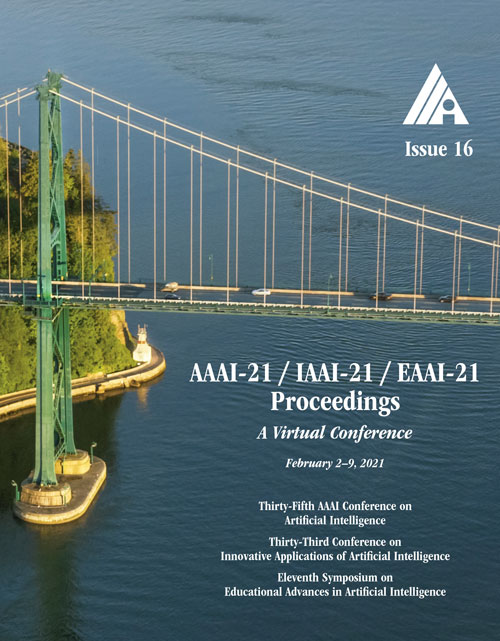Document-Level Relation Extraction with Reconstruction
DOI:
https://doi.org/10.1609/aaai.v35i16.17667Keywords:
Information ExtractionAbstract
In document-level relation extraction (DocRE), graph structure is generally used to encode relation information in the input document to classify the relation category between each entity pair, and has greatly advanced the DocRE task over the past several years. However, the learned graph representation universally models relation information between all entity pairs regardless of whether there are relationships between these entity pairs. Thus, those entity pairs without relationships disperse the attention of the encoder-classifier DocRE for ones with relationships, which may further hind the improvement of DocRE. To alleviate this issue, we propose a novel encoder-classifier-reconstructor model for DocRE. The reconstructor manages to reconstruct the ground-truth path dependencies from the graph representation, to ensure that the proposed DocRE model pays more attention to encode entity pairs with relationships in the training. Furthermore, the reconstructor is regarded as a relationship indicator to assist relation classification in the inference, which can further improve the performance of DocRE model. Experimental results on a large-scale DocRE dataset show that the proposed model can significantly improve the accuracy of relation extraction on a strong heterogeneous graph-based baseline. The code is publicly available at https://github.com/xwjim/DocRE-Rec.Downloads
Published
2021-05-18
How to Cite
Xu, W., Chen, K., & Zhao, T. (2021). Document-Level Relation Extraction with Reconstruction. Proceedings of the AAAI Conference on Artificial Intelligence, 35(16), 14167-14175. https://doi.org/10.1609/aaai.v35i16.17667
Issue
Section
AAAI Technical Track on Speech and Natural Language Processing III

